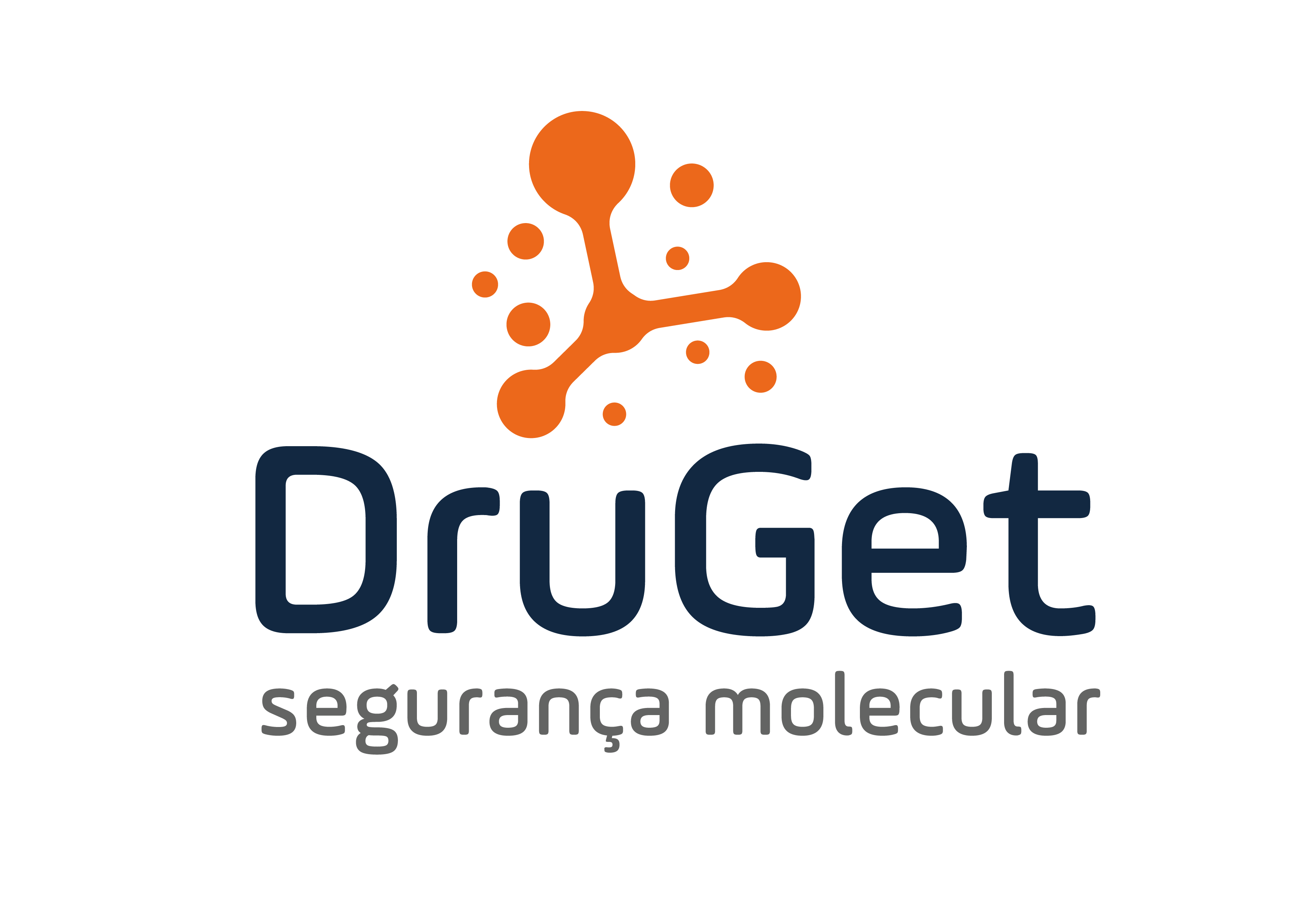A medicine acts through chemical processes by interacting with molecules that regulate physiological processes in the body. This interaction may result in the inhibition of certain substances or the exacerbation of their excretion. Target substances often include neurotransmitters, inflammatory cytokines, growth factors, second messengers, hormones, among other molecules critical to the body’s functioning.
Absorption and Distribution Challenges for the Drug to Act
To be effective, a medicine needs to cross several barriers within the human body. Firstly, it faces the enzymes present in the oral region, which begin to break down the active ingredient. Next, the medicine must resist the acidic environment of the stomach, where many substances can be degraded. Furthermore, it faces enzymes from the complex enteric-hepatic system, which can chemically modify the medication before it reaches systemic circulation. After surviving these enzymes and acidity variations, the active ingredient of the medicine needs to diffuse into the circulatory system to reach the therapeutic target effectively.
Interaction with Therapeutic Targets
The therapeutic targets of a drug are usually proteins or glycoproteins, which play key roles in regulating many physiological processes. For an effective interaction to occur between the active ingredient and the therapeutic target, it is essential that both have conformational affinity, that is, their shapes and structures must be compatible to bind efficiently. Therefore, scientists carry out extensive studies to collect the chemical information necessary to define this affinity between the target and the active ingredient. These studies include advanced molecular biology and biochemistry techniques, as well as computational modeling to predict how molecules will interact.
Moreover, the distribution of the medication within the body is uneven and depends on various factors, such as the solubility of the active ingredient, the permeability of cell membranes, and the presence of specific transporters that either facilitate or hinder the medication’s access to target tissues. Researchers must also consider the potential interactions with other medications the patient may be taking, as these interactions can affect the treatment’s effectiveness and safety.
Therefore, developing an effective and safe medicine involves a deep understanding of pharmacokinetics and pharmacodynamics, as well as an integrated approach that combines chemistry, biology and technology. Only with this multidisciplinary approach is it possible to guarantee that the medicine reaches its therapeutic target, exerts the desired effect and is eliminated from the body without causing harm.
For more information, see:
- KATZUNG, Bertram; TREVOR, Anthony. Farmacologia básica e clínica. São Paulo: ArtMed, 2017.







